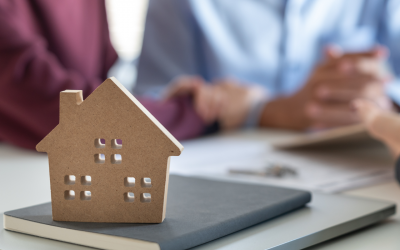If you’re looking to buy a property in NSW, you’ve probably heard people talk about stamp duty, also known as transfer duty. But what is it, and does it apply to you?
Simply put, stamp duty is a tax we pay when buying a house. The NSW government will charge a percentage of the price of the property you’re buying. On average, people in NSW pay tens of thousands of dollars in stamp duty. That’s on top of the mortgage, deposit and other expenses that come when buying a property.
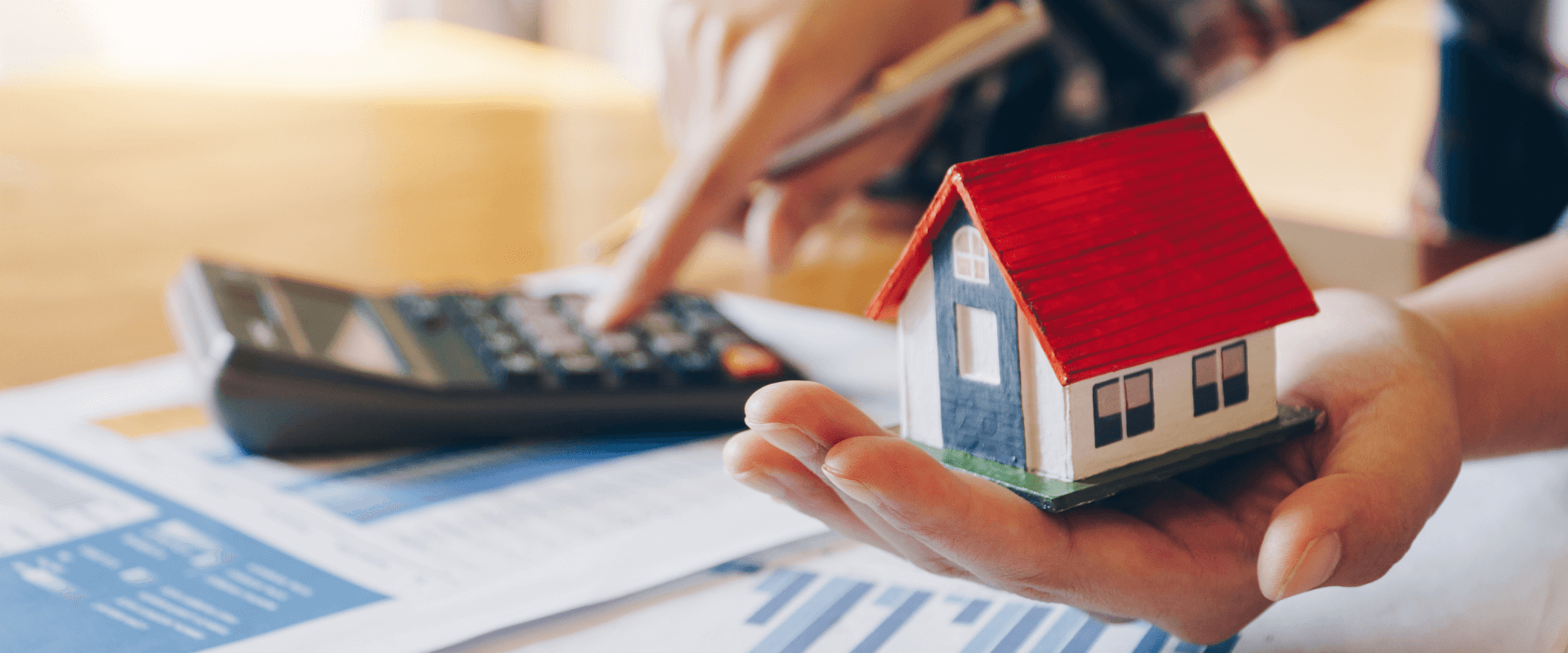
How much does stamp duty cost?
The exact price of stamp duty is determined by the state government. In NSW there are six different price brackets that determine your stamp duty.
See the table below to get an idea of how much you will pay.
| Property value | Stamp duty payable |
|---|---|
| $0 to $16,000 | $1.25 for every $100 or part of the dutiable value |
| $16,000 to $35,000 | $200 plus $1.50 for every $100 or part, by which the dutiable value exceeds $16,000 |
| $35,000 to $93,000 | $485 plus $1.75 for every $100 or part, by which the dutiable value exceeds $35,000 |
| $93,000 to $351,000 | $1,500 plus $3.50 for every $100 or part, by which the dutiable value exceeds $93,000 |
| $351,000 to $1,168,000 | $10,530 plus $4.50 for every $100 or part, by which the dutiable value exceeds $351,000 |
| $1,168,000 to $3,505,000 | $47,295 plus $5.50 for every $100 or part, by which the dutiable value exceeds $1,168,000 |
| Over $3,505,000 | $175,830 plus $7.00 for every $100 or part, by which the dutiable value exceeds $3,505,000 |
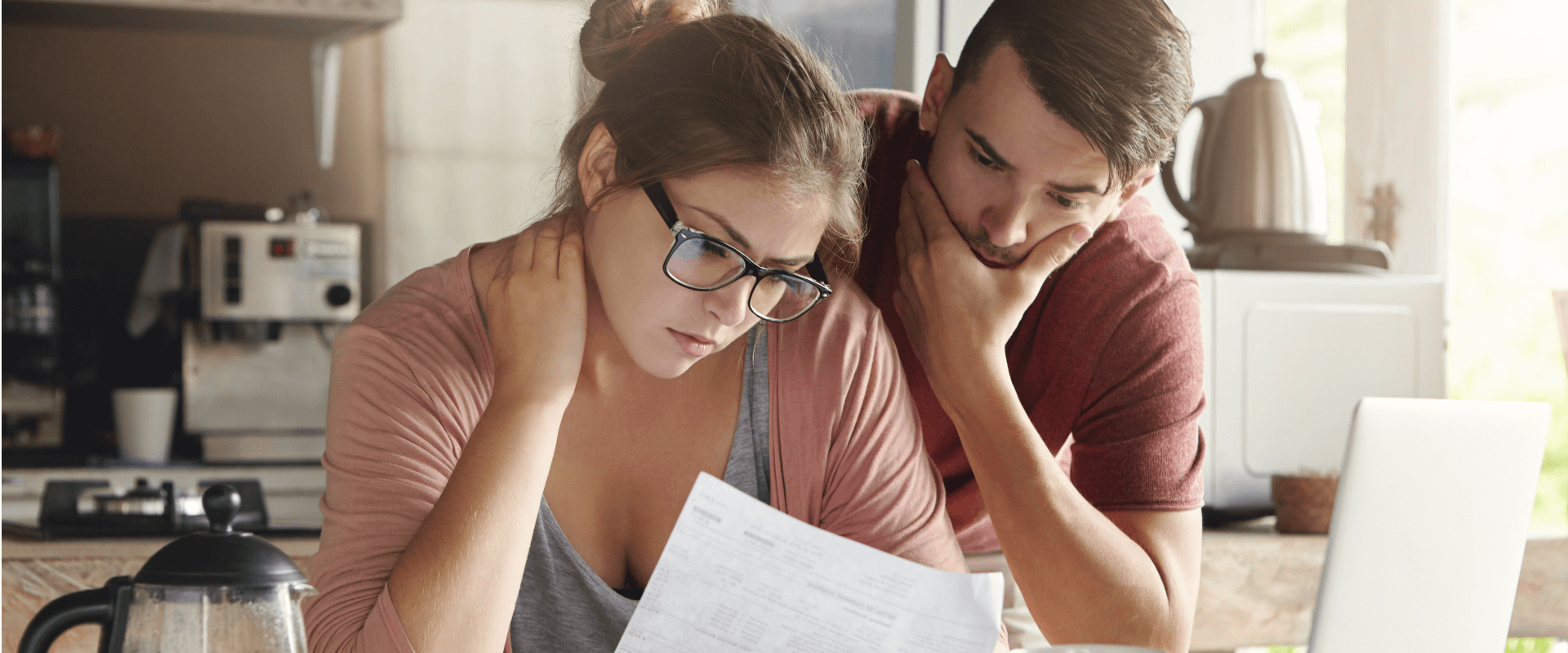
When do I have to pay stamp duty?
In NSW you have to pay stamp duty within three months of signing a contract for sale. This means that you need to make sure you budget for stamp duty on top of your deposit, mortgage, building inspection, moving costs and other expenses. Unfortunately, stamp duty needs to be paid up front and can’t be paid periodically as a part of your mortgage.
Are you entitled to any stamp duty concessions NSW?
Now for some good news! Before you have to hand over potentially tens of thousands of dollars in tax, you might qualify for a stamp duty exemption.
The NSW government offers a First Home Buyer Assistance Scheme (FHBAS). This entitles you to a full stamp duty exemption if your first home purchase is:
-
a new home of existing home under $800,000
-
or land that costs less than $350,000
There are also some concessions for properties that exceed these limits. A FHBAS concessional rate applies if your first home purchase is:
- a new home of existing home under $1,000,000
- or land that costs less than $450,000
You can read more about the First Home Buyer Assistance scheme on the NSW revenue website.
There are other concession and exemptions available in NSW. We recommend always checking to see if you qualify for a stamp duty concession.
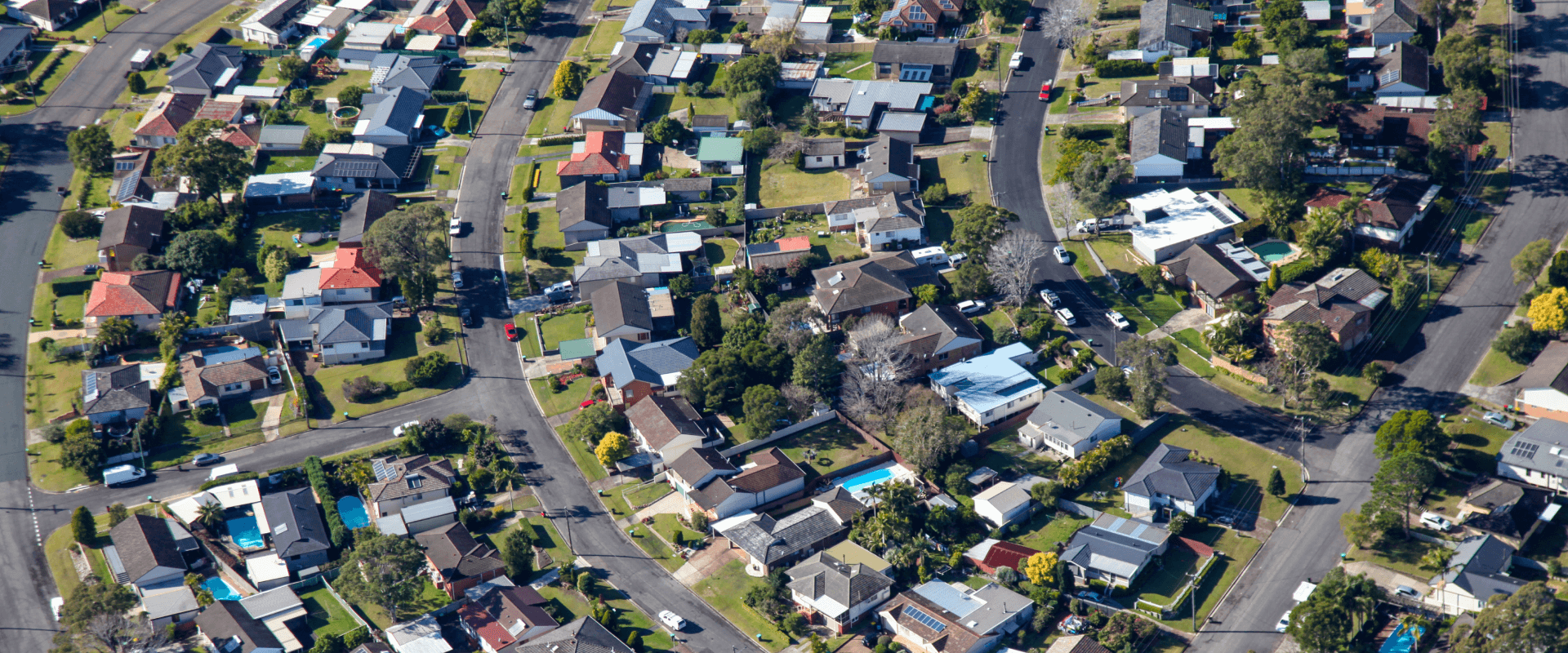
The issues with stamp duty
For many years, people have raised concerns over the continued payment of stamp duty. Stamp duty does contribute significant revenue to the economy. In Victoria alone, the State Budget 2023/2024 estimates land transfer duty to contribute $7,360,000,000 to the State budget. Critics have
pointed out that stamp duty is an outdated tax that comes at what is, for many people, a financially stressful time. It is also the ongoing cause of a significant shift in home buying behaviour.
An out-dated tax
The origins of for stamp duty stem from an old system of government. Back then, land transfers were less common and property transactions weren’t logged to the level of detail that they are today. Additionally, the process to officiate a sale and “stamp” (with a real stamp) the sale documents took more government time. Stamp duty was therefore a way to make sure the government was getting taxes from property owners, but land transactions have changed a lot since then. Now, the process is much easier for governments as there are accurate and up-to-date records of every parcel of land. The way we buy and sell property has changed too, so the question is – shouldn’t the taxes that come with it change too?
The cost of stamp duty
Buying a property is one of the most significant purchases the average Australian makes in their lifetime. It’s an exciting dream that many of us pursue. But at the same time, it’s a high financial bar to get over. Property
prices in certain areas have soared upwards over the past few decades and are now vastly higher than the average income. Which means that stamp duty is not only a high tax, but it comes when the difference between the average wage and the average price of property is wider than ever.
Behaviour changes
Perhaps most importantly, the cost of stamp duty has also lead to behavioural changes in the home-buying market. The added cost of stamp duty has become a barrier to anyone trying to enter the real estate market. But not only this, it is a deterrent on anyone looking to move to a new house. A growing family may choose to stay and try to renovate or expand their current house just to avoid paying stamp duty again. So too, retirees often stay in houses that aren’t ideal for their needs simply because downsizing will cost them a lot in stamp duty.
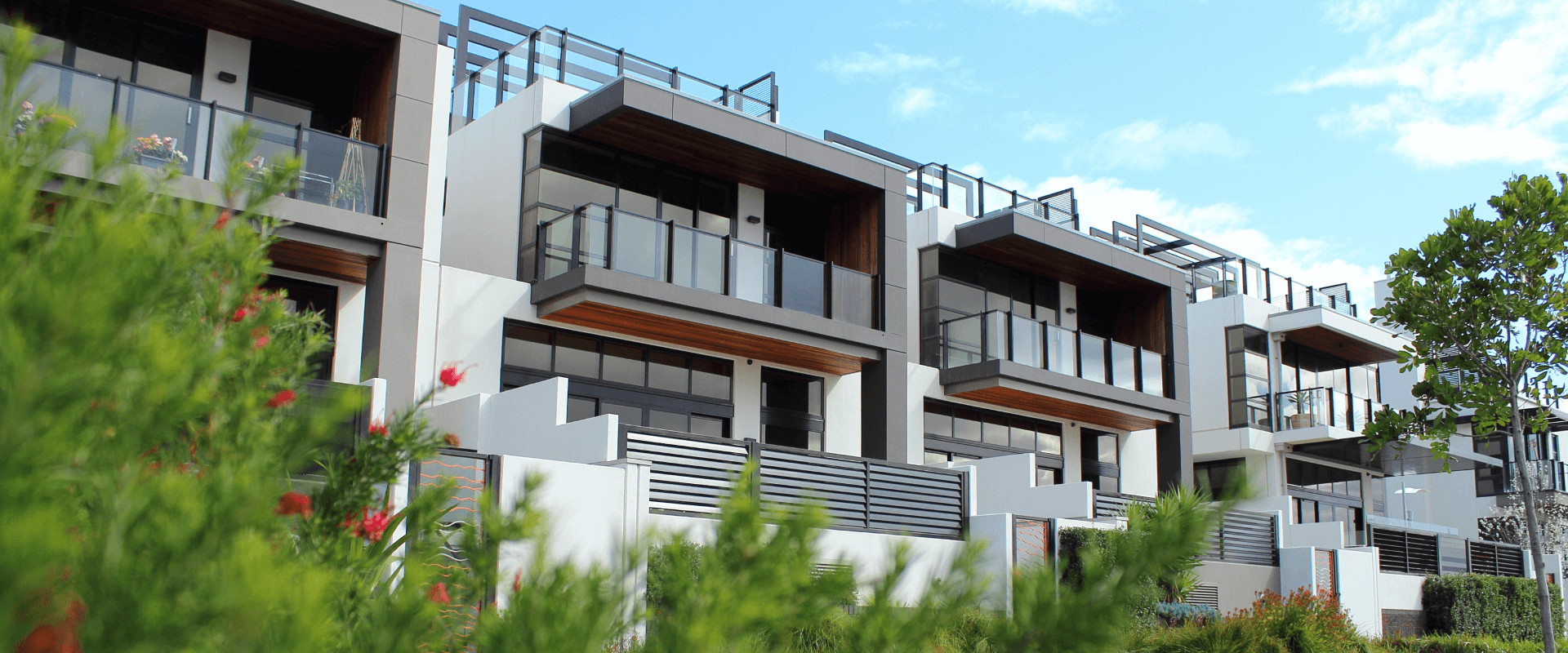
The future of stamp duty
Many will be glad hear that reform may be on the horizon. The Australian Capital Territory is currently leading the way to phase out stamp duty. In 2012 the ACT government released a 20-year plan to reform the territory’s property tax. An intention they said aimed to “abolish a number of inefficient and unfair taxes”. Instead, they are replacing it with “barrier free conveyancing”.
Former New South Wales treasurer, Dominic Perrottet, proposed a plan for tax reform, aiming “to help the people of NSW achieve the Australian dream of home ownership.” His solution replaced the upfront cost of stamp duty with a much smaller annual property tax. The First Home Buyers Choice scheme was introduced in 2022 and subsequently revoked with the change of government.
Ultimately, the future of stamp duty in NSW is in the hands of the state government.


